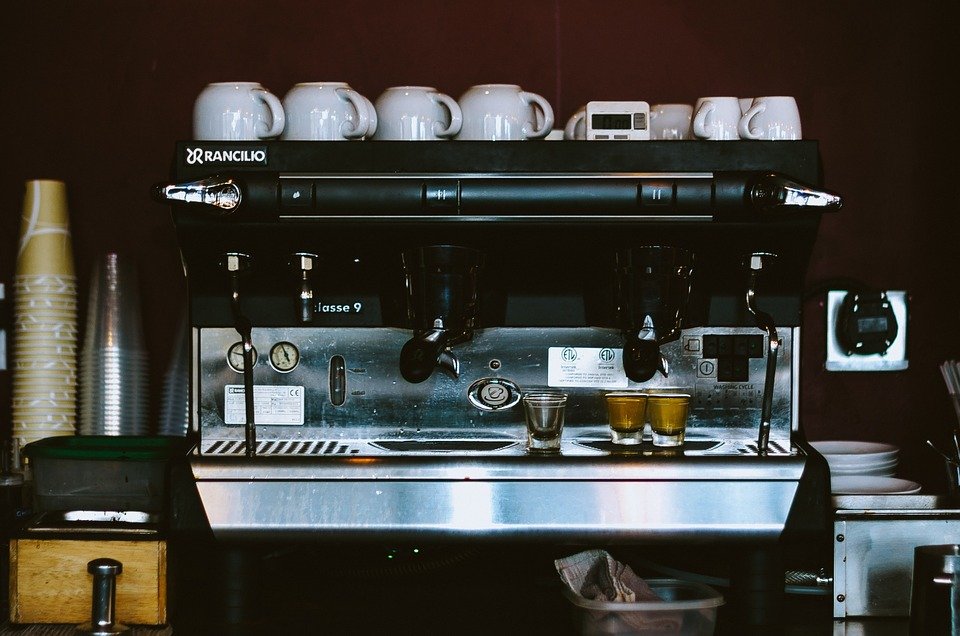
In this section, I will go into more depth in discussing what goes into the creation of the perfect espresso.
Whether you are a purist and enjoy espresso shots straight up, or enjoy any of the numerous coffee drinks made with espresso:
- Cappuccino
- Macchiato
- Latte
- Americano or Long Black
- Mocha

Dosing Coffee – although you can get a feel for the proper amount of coffee to use if you pull a lot of shots, there is no substitute for an exact measurement on a digital gram scale. I usually use 16 grams of coffee for a double shot portafilter but anything from 12-21 grams will work.
Espresso Grind – a stepless grinder has no reference points allowing you to make tiny variations in grind as opposed to a stepped grinder which has preset notches. Tiny grind adjustments are very useful when you want to adjust your extraction time by just a few seconds.
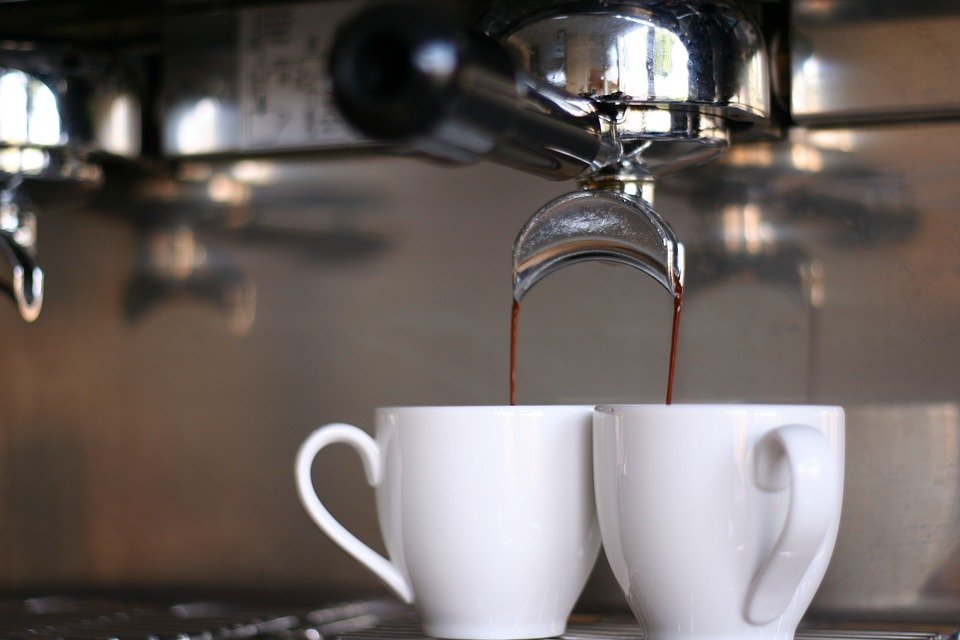
Portafilter – by using a “naked” or bottomless portafilter instead of a normal spouted one, you can observe how the water travels through the coffee puck. You want the coffee to appear uniformly or fill all the holes at the same time. If water is sputtering through weak spots in the coffee puck, you have what is called “channeling” and a less than ideal shot will be the result.
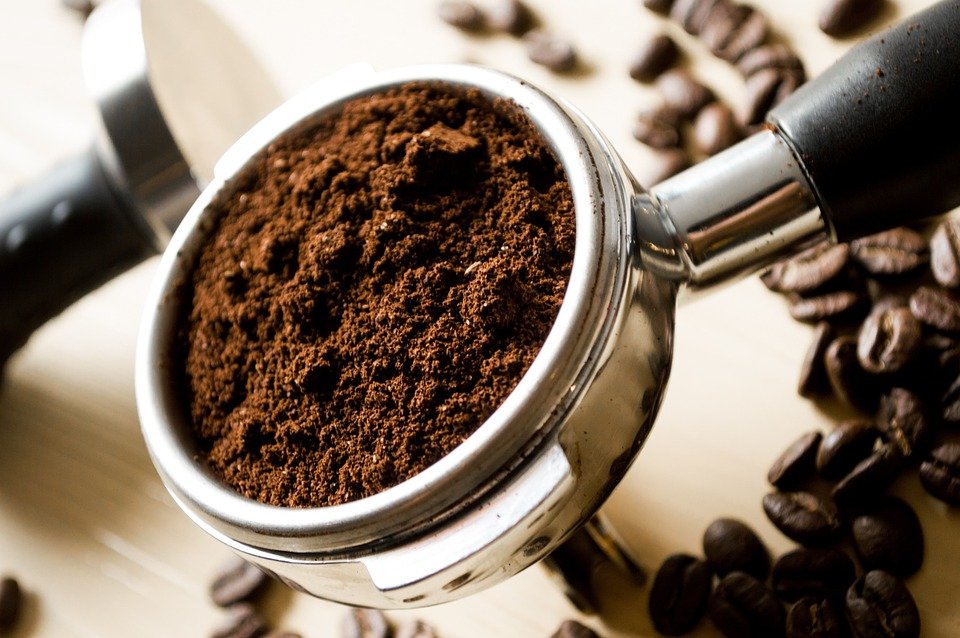
Boiler temperature – 92-96 C for espresso, the water must be heated to the right temperature for extracting through the ground coffee. With a single boiler, there is a waiting period while the water heats up to a hotter temperature for steaming milk. If you don’t like to wait or make a lot of milk drinks, get a double boiler espresso machine. One boiler will always be the right temperature for pulling shots, and the other will always be the right temperature for foaming milk. No temperature surfing!
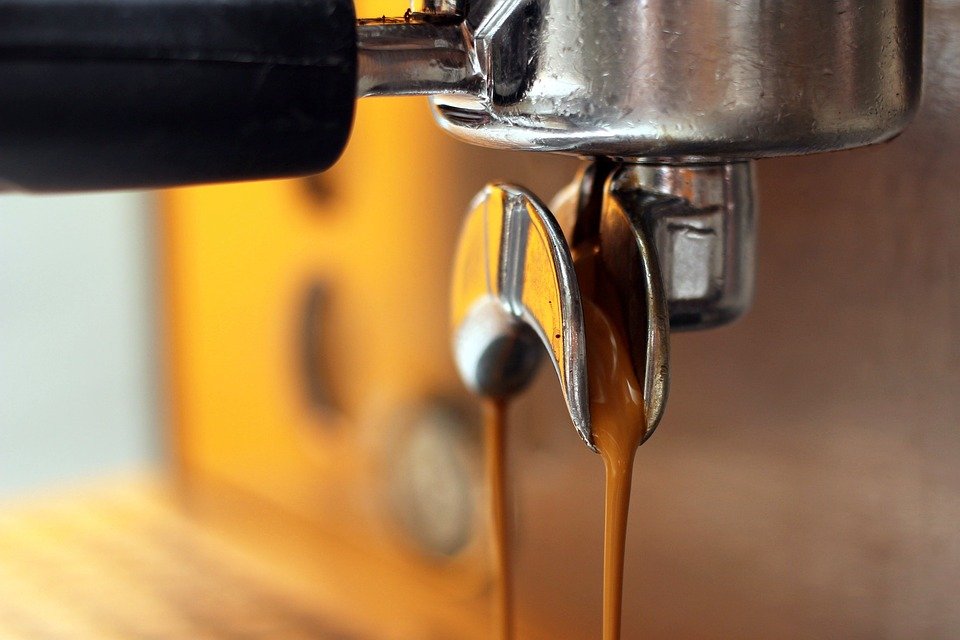
Pressure in bars – I have my espresso machine set at 8.5 bars meaning the heated water is pushed through the coffee puck at 8.5 times the atmospheric pressure at sea level. You can adjust this to achieve different flavor profiles
Tamping – you want to achieve a very even distribution of grounds in the portafilter and then pack the coffee down by tamping with exactly 30 lbs of pressure. Not too tight, not too loose. Be sure to finish with a little swirl for dramatic effect!
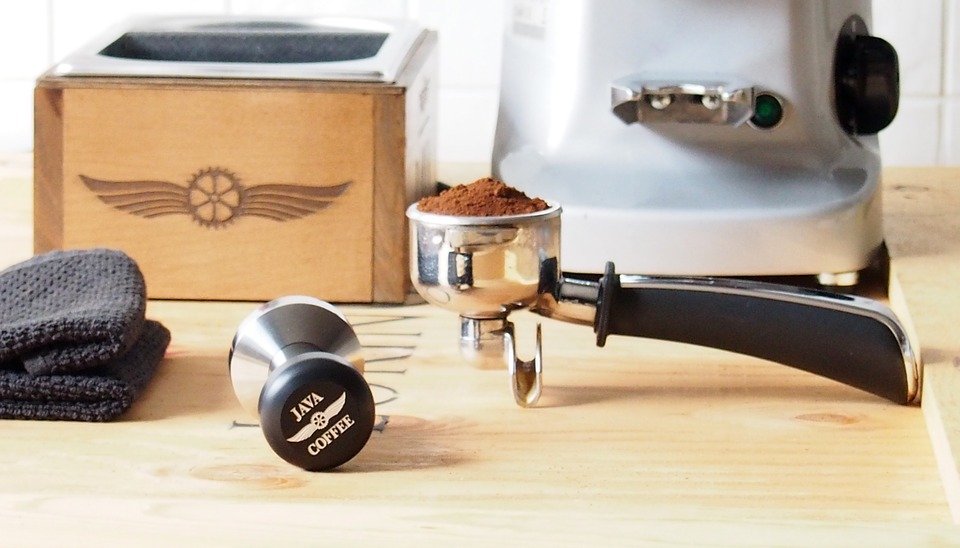
Timing the shot and yield – infusion resulting in 2 fl oz of espresso in 28 seconds
- Shot took too long (over extraction) –> use less coffee or courser grind or lighter tamp
- Shot went too fast (under extraction) –> use more coffee or finer grind or harder tamp
- Bitter shot (over extraction) –> lower temp or shorten brew time
- Sour shot (under extraction) –> higher temp or extend brew
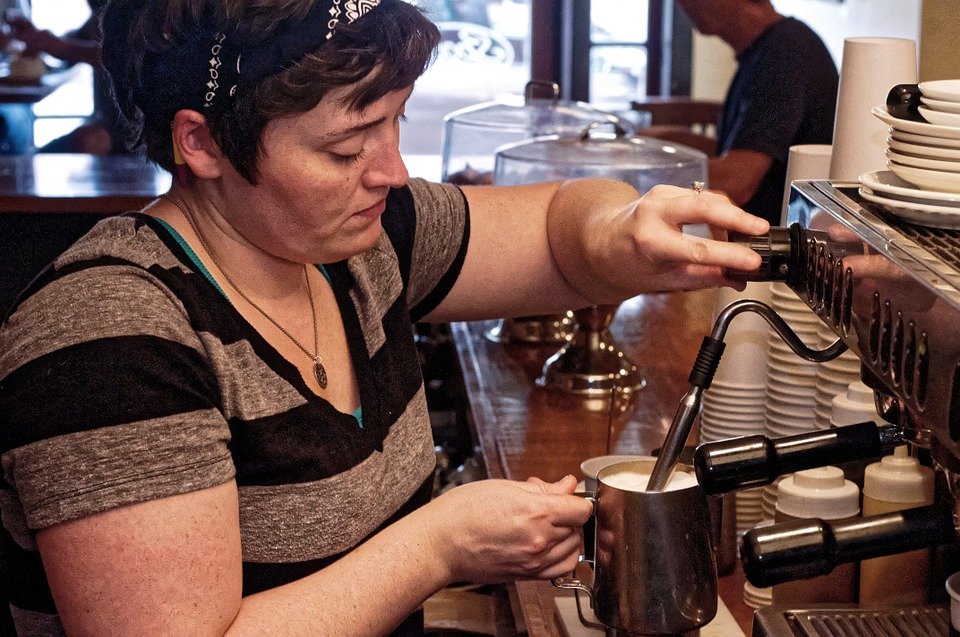
Microfoam – stretch the milk with steam by incorporating air from the steam wand. You don’t want big sudsy looking bubbles but tiny ones so small and numerous that you can barely see them but can feel them on your tongue. This will make the milk sweeter and better tasting as well as perfectly suited for creating latte art.
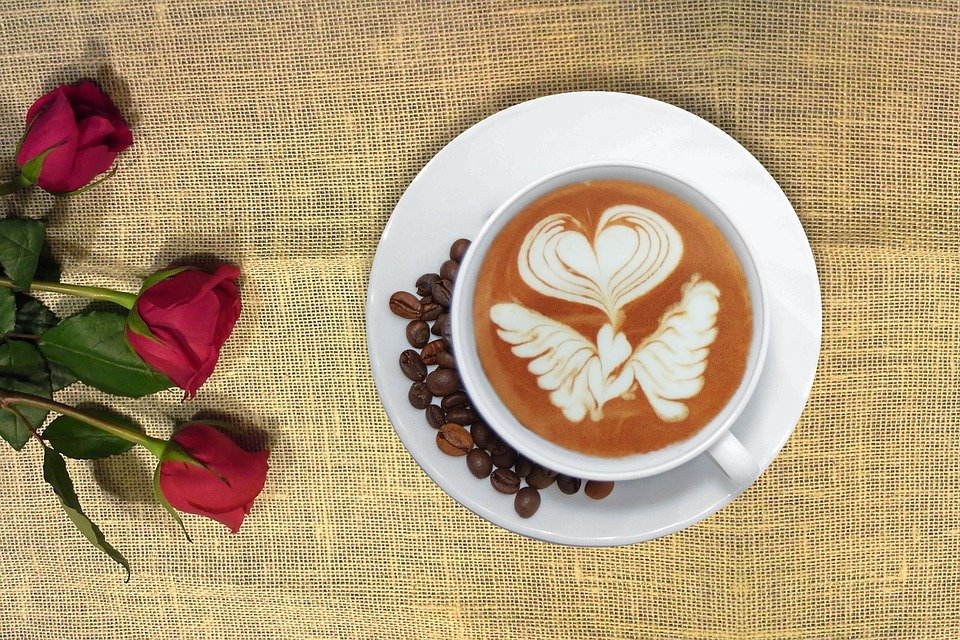
Part 1: @justinlaak/why-drink-stale-coffee-part-1
Part 2: @justinlaak/why-drink-stale-coffee-part-2-roasting
Part 3: @justinlaak/why-drink-stale-coffee-part-3-grinding
